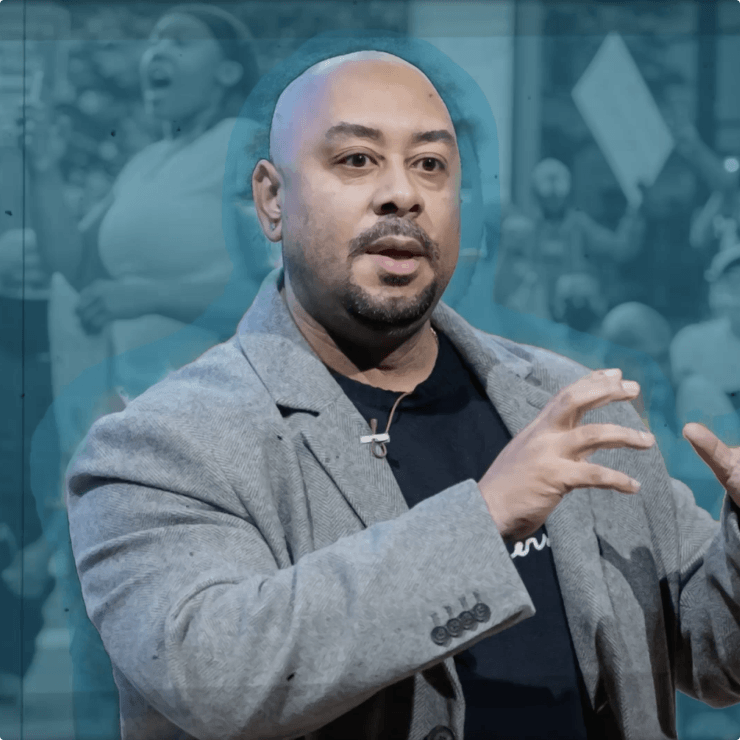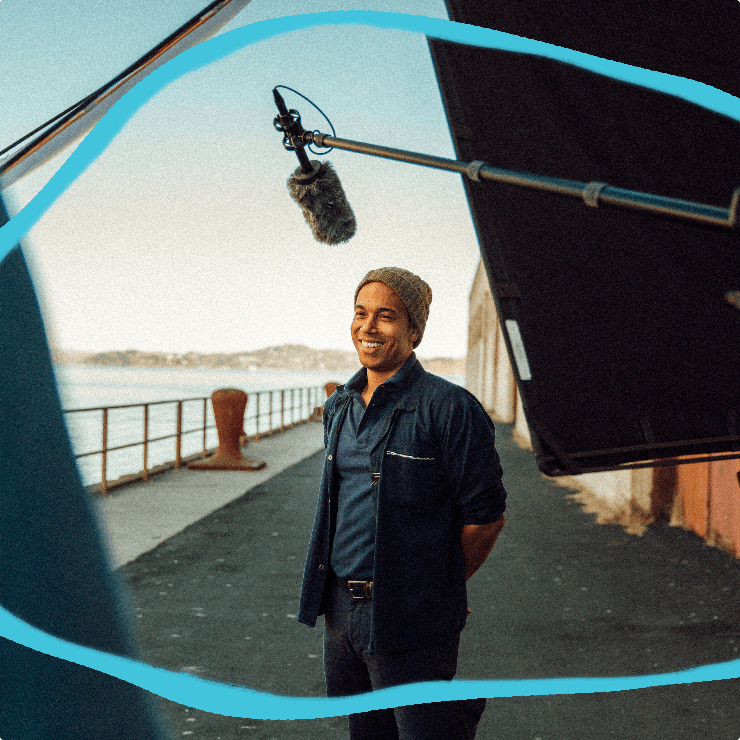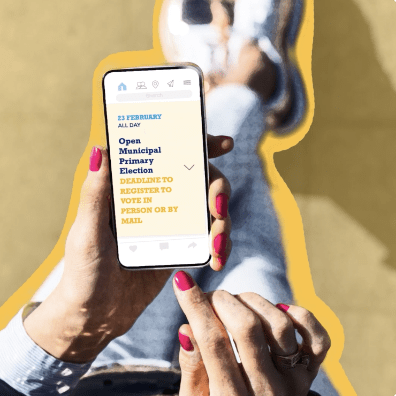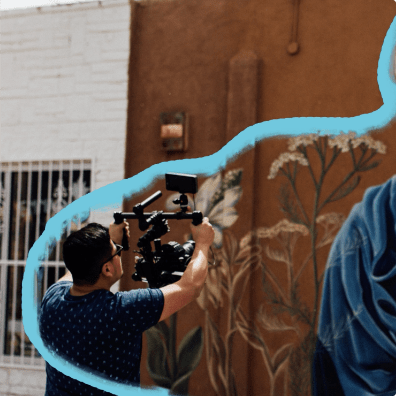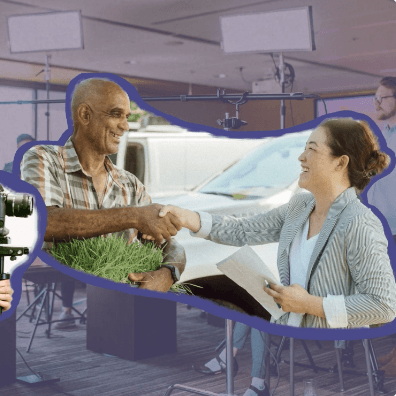ComNet 2023
Advancing Equity & Social Change Through Grantee Communication Capacity Building
Thank you for joining us in Atlanta at ComNet 2023.
At the W.K. Kellogg Foundation (WKKF), racial equity is a core value in which all of our work is supported. An example of this is how we build the communication capacity of our grantees.
Historically we have helped grantees learn and apply the fundamentals of communication strategically to advance their programmatic mission. And we recognize that the approach cannot be a one-size-fits-all. There are grantee nuances to consider, including cultural norms, language preferences, capacity to learn, capacity to apply the learnings, needs and goals, among others.
Listening to our grantees about their needs and desires at the onset helps us as a funder provide communication support when, how and where they need it.
Below are examples of some technical assistance models we’ve leaned into over the years and questions we often ask ourselves when determining how to best support our partners.
To access some of our curriculum virtually for free, please explore our Strategic Communication Planning Hub, which was developed in partnership with our ComNet co-presenter, Fenton Communications.
Learn more about WKKF’s pursuit of racial equity in our One Journey.
Developing an Equity-Based Approach to Communication Capacity Building
Funders interested in supporting the communication capacity of grantees often want to know where and how to begin. The following will guide and support your decision-making in developing an equity-based model that is right for your organization AND grantees.
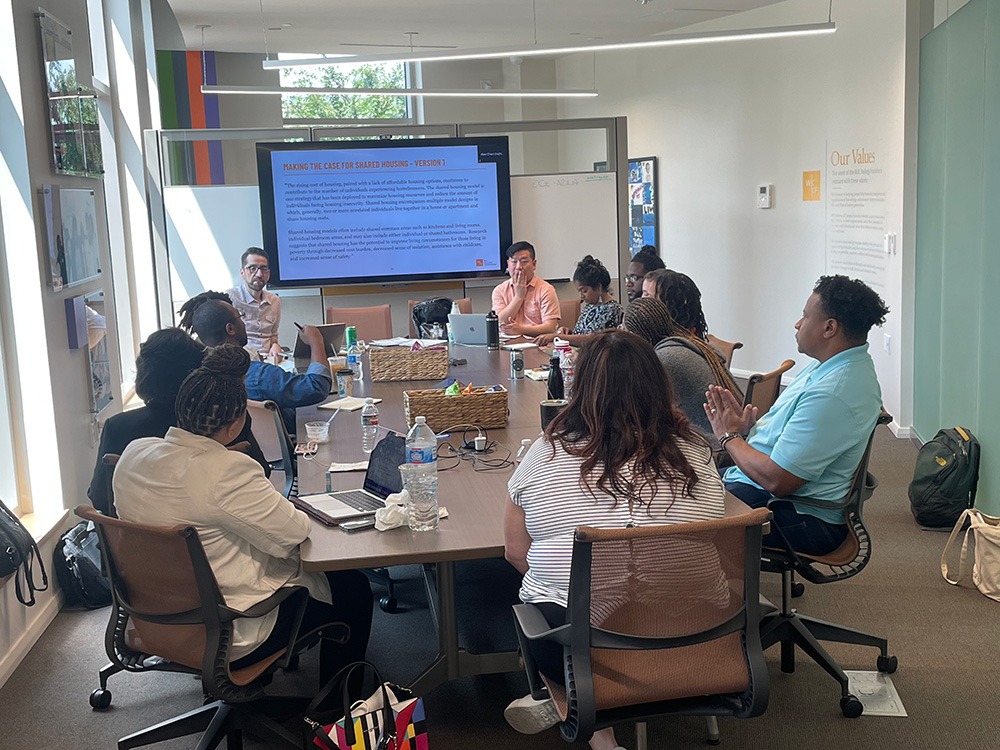
Communications Capacity Building Models
When it comes to communication capacity building, there’s no “one-size fits all” model. An equitable approach requires you develop a program based on the needs of your participants, budget, timeframe and desired goals/outcomes. This should supplement – not replace – communication dollars in a grant. Below are models to consider.
This model focuses on training participants on all aspects of communication skills – strategy, message development, media relations, digital, how to be an effective spokesperson, crisis communication, etc. Topics should be sequenced purposely so that the content builds off each other and is reinforced. We recommend starting with a communication strategy to set a core foundation. Trainings should take place over a longer time frame, depending on the number of topics and participants, and can be done virtually, in-person, or hybrid. The participant size should be limited to no more than 40 (ideally 15 to 25).
- Example: WKKF Mississippi and New Orleans Training Program. A group of 35 grantees were selected to participate in a monthly series of virtual training sessions over nine months. Included both “lecture” and peer learning where nonprofits provided insights on the specific topic. Curriculum was customized to be responsive to participants needs (such as a requested training on how to better communicate with funders). Read the case study to learn more.
- Benefits: Greater ability to customize training topics and ability to take a “deeper dive” into skills training; opportunity for more engagement with participants to build trust and comfort; higher level learning and absorption of material due to revisiting of subject matter over multiple training sessions; organic connection and collaboration among participants that transcends beyond the trainings.
- Limitations: Significant time commitment required for participants, and significant resources required for development and implementation.
In this model, trainings are specifically designed and organized to support organizations working in a particular geographic area or on a specific issue. Curriculum subject matter should be tied to the interests of the participants. For example, if the cohort is focused on early childhood learning, one of the messaging trainings can focus on what types of narratives need to be developed to make the case for that issue (versus a more evergreen training). The size of the cohort can vary (as little as 10 to over 100). However, smaller cohorts (10 to 30) enable for greater number of trainings and greater responsiveness to their specific needs.
- Example: 2020 Census Campaign. Over 100 community-based organizations in Los Angeles dedicated to census outreach received a series of trainings about what messages work best to convince diverse audiences to complete the census; what type of communication tools and materials to utilize; and how to participate in media interviews and answer questions about the census process. This led to more successful community engagement, greater consistency in delivery of the census message, building public knowledge and trust in the census process, and more residents participating in the census.
- Benefits: Building relationships between participants based on shared interests; ability to tailor trainings to the specific communication circumstances of that region or issue; opportunity to scale up or scale down the number of training sessions for the cohort; ability to ensure that programmatic goals and strategy are in lock step with communication messaging and approach; ability to create trainings and messages that are culturally appropriate and inclusive.
- Limitations: Participants may cover a wide range of subject matter and have varying levels of internal capacity and experience; danger of “parachuting in” (e.g., providing information relevant to participants working on the issue nationally while overlooking how communication works in smaller regions); need to ensure capacity to potentially provide information and training in multiple languages.
This model brings together a cohort of grantees who could be geographically diverse but focused on a single policy goal. Trainings often are delivered as part of networking meetings where grantees come together to learn and share knowledge, experiences and progress toward their goals. Curriculum can be tailored to key milestones in the initiative. For example, message development and training may be one of the first sessions; as the effort progresses and messages have been used and tested in the field, media training or social media may be timely in advance of key policy conversations.
- Example: Dental Therapy. A WKKF initiative, the campaign initially focused on five states and tribal communities to consider the dental therapy model to address their gap in dental care. It became a movement to build a culturally and racially representative workforce by authorizing dental therapists to deliver care in their local communities. It successfully elevated oral health as a racial justice issue with extensive policy results in states and tribes. The coalitions of states and tribes were convened twice a year to network and communication capacity building was always on the agenda. Read the case study to learn more.
- Benefits: When delivered as part of a networking conference, participants get more deeply grounded in the goals and outcomes and can align on messages, counter-narratives and audiences. They also develop a shared understanding of cultures, context, the impacts of racism and the demographics of each audience, ensuring the group leads with a racial and gender equity lens.
- Limitations: Networking sessions often have multiple trainings running concurrently, forcing participants to choose between learnings. There also are attendance limits at networking meetings, meaning you rely on participants to share the communication curriculum, tools and resources with their coalitions.
This model is meant to provide immediate and singular access to communication training in response to a rapid or emerging need. Typically meant to be more of a “one and done” approach versus a more in-depth training approach. For example, many organizations require media spokespeople training on an ongoing basis. Typically no more than three trainings are held on a limited number of topics. This model provides significant flexibility as to the number of participants – primarily depends on the topic. For example, if it is a single messaging training, you can bring together a very large group. If the training requires more hands-on learning, then a smaller group is recommended.
- Example: Silicon Valley Community Foundation. A singular message and framing training was held to brief program officers and other staff on how they should explain their updated strategic vision and direction to existing and prospective grantees, and other stakeholders. Staff were provided with key talking points and how to answer likely questions.
- Benefits: Requires less investment and can be organized very quickly. Time commitment by participants is low. Enables responsiveness to immediate needs.
- Limitations: Difficult to assess level of impact from a one-off training; Does not always provide for more in-depth learning and hands-on skill-building; may require immediate implementation that makes the content more “evergreen” and less tailored.
A one-on-one model enables select organizations to receive individual and personalized training and technical assistance support. The scale of such support can vary. In some cases, participants can be limited to a certain number of 1:1 sessions (typically 30 minutes to 1 hour) they can sign up for to receive strategic counsel and support on communication challenges or needs. In other cases, an organization can receive a full day or series of training sessions. This model can either supplement a group training model, or can be offered as a stand-alone resource.
- Example: WKKF Mississippi Capacity Building Program. As part of the broader capacity building approach, participants can sign up for “communication support hours” whereby they meet a communication professional to receive direct counsel on any number of relevant topics – ranging from rapid response communication to reviewing a press release.
- Benefits: Enables deeper understanding of participants’ communication achievements, opportunities and needs that can be integrated into the group training; typically draws extremely positive responses from participants, especially when a relationship was established; enables participants to “try on” and apply some of the classroom learnings (as some people learn by doing); ensures grantees have strong thought partnership, especially in times of crises.
- Limitations: Organizations often do not take full advantage of the resources available. Conversely, investments can quickly escalate as organizations desire a greater level of support and help than the program provides, particularly if organizations want actual communications deliverables versus skill building (i.e. write the press release for me versus sharing best practices). This model can unintentionally be implemented inequitably in that some organizations are better positioned to take advantage of free resources. We recommend reaching out to under-resourced organizations often to extend this training and help them understand how to use it.
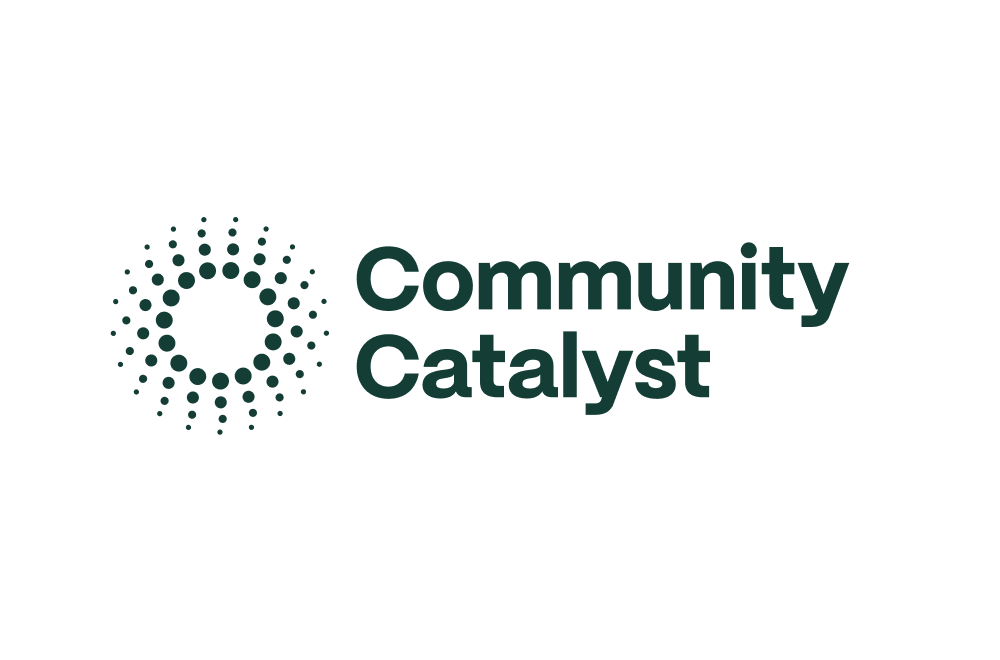
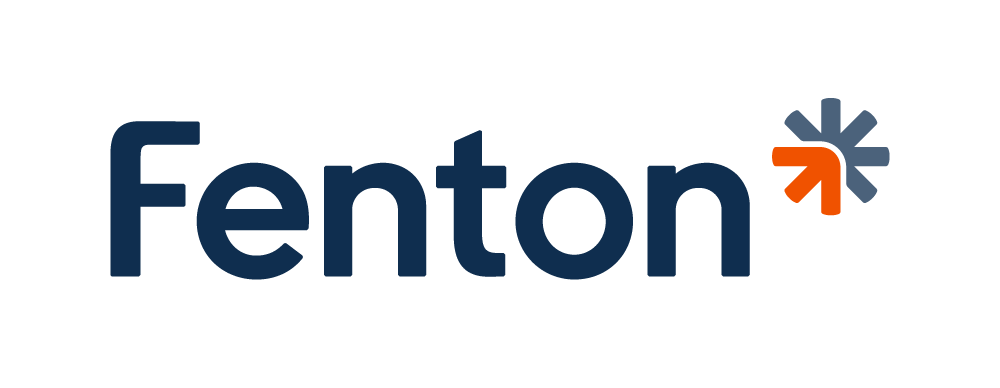
Share This Resource
Explore All Topics
